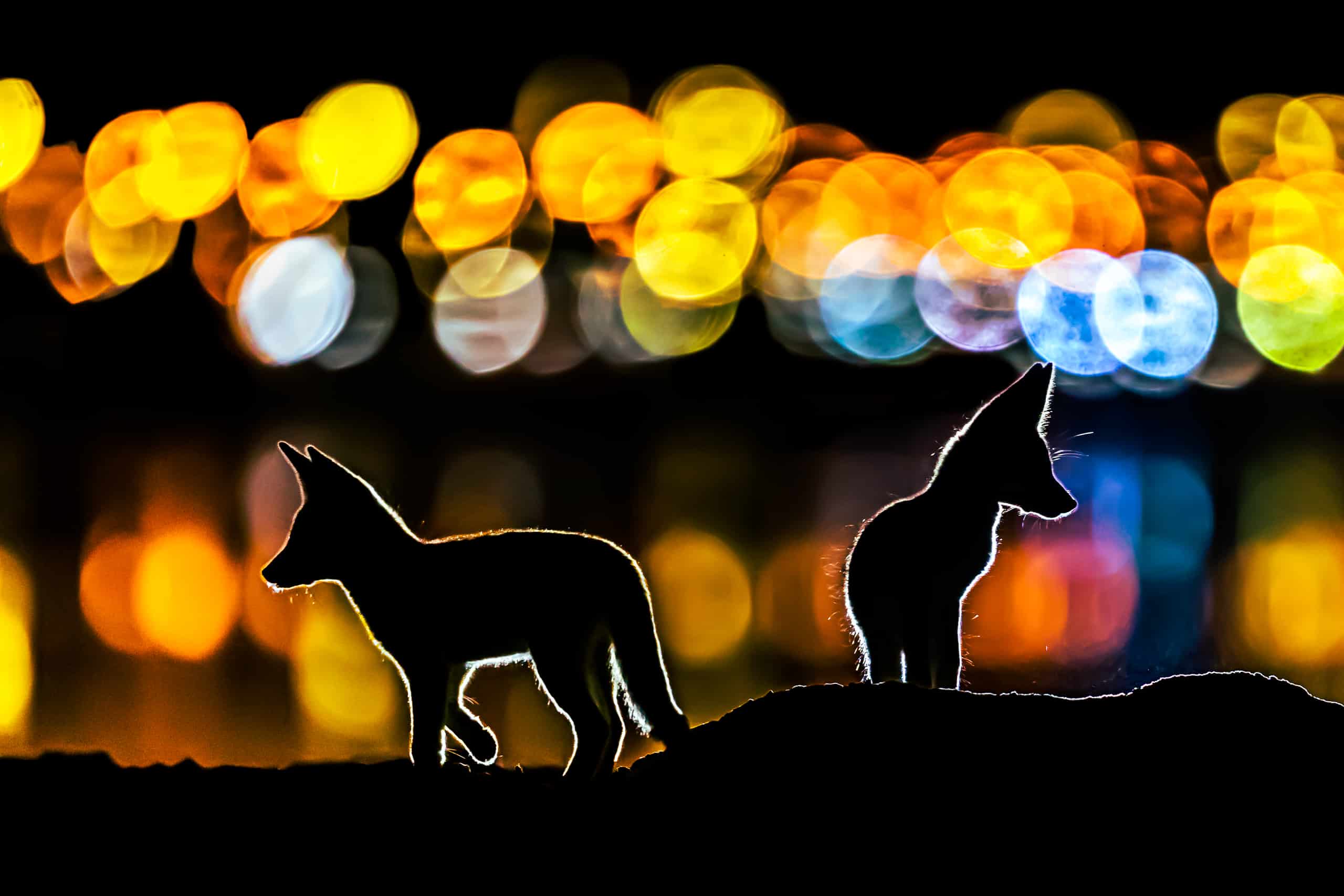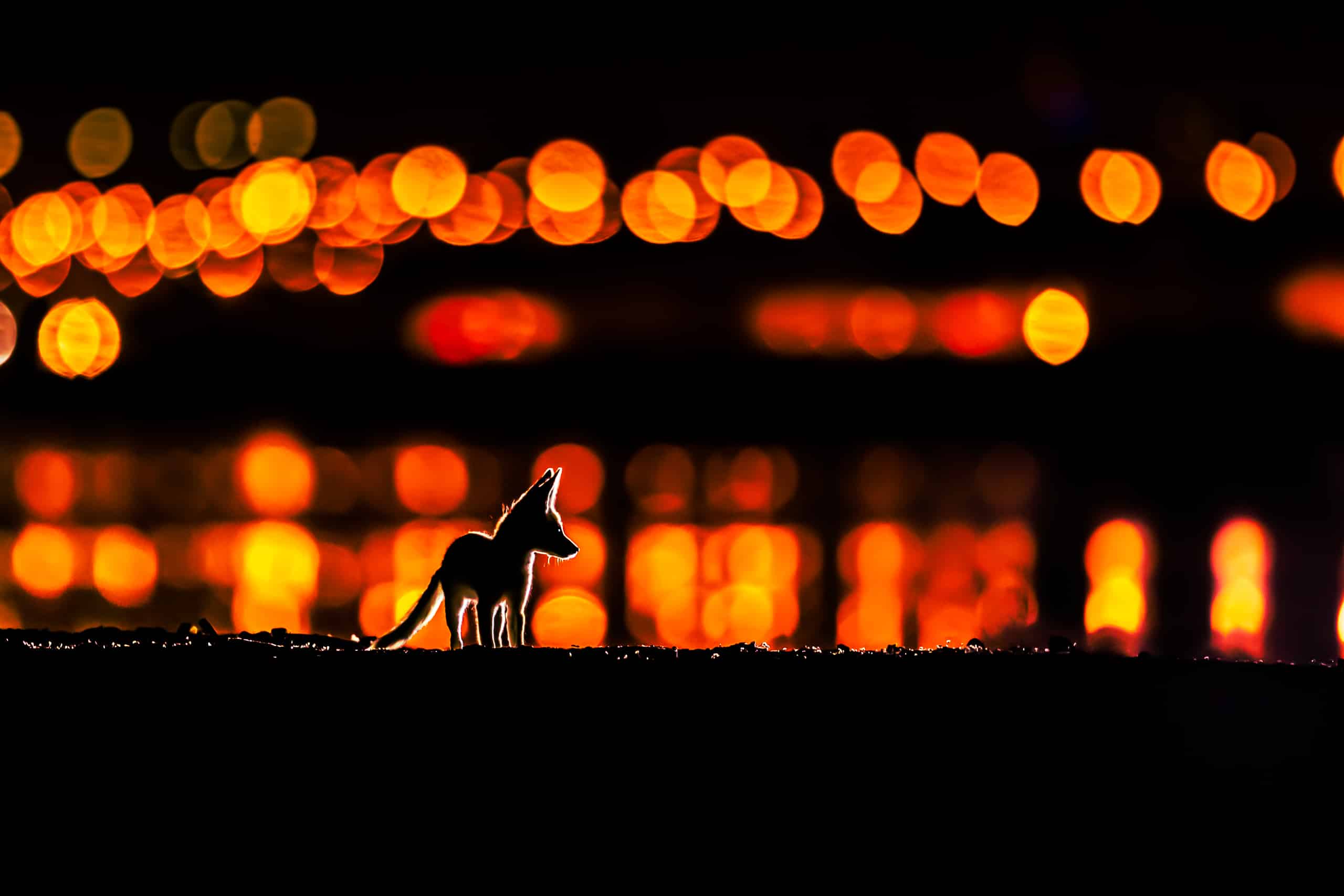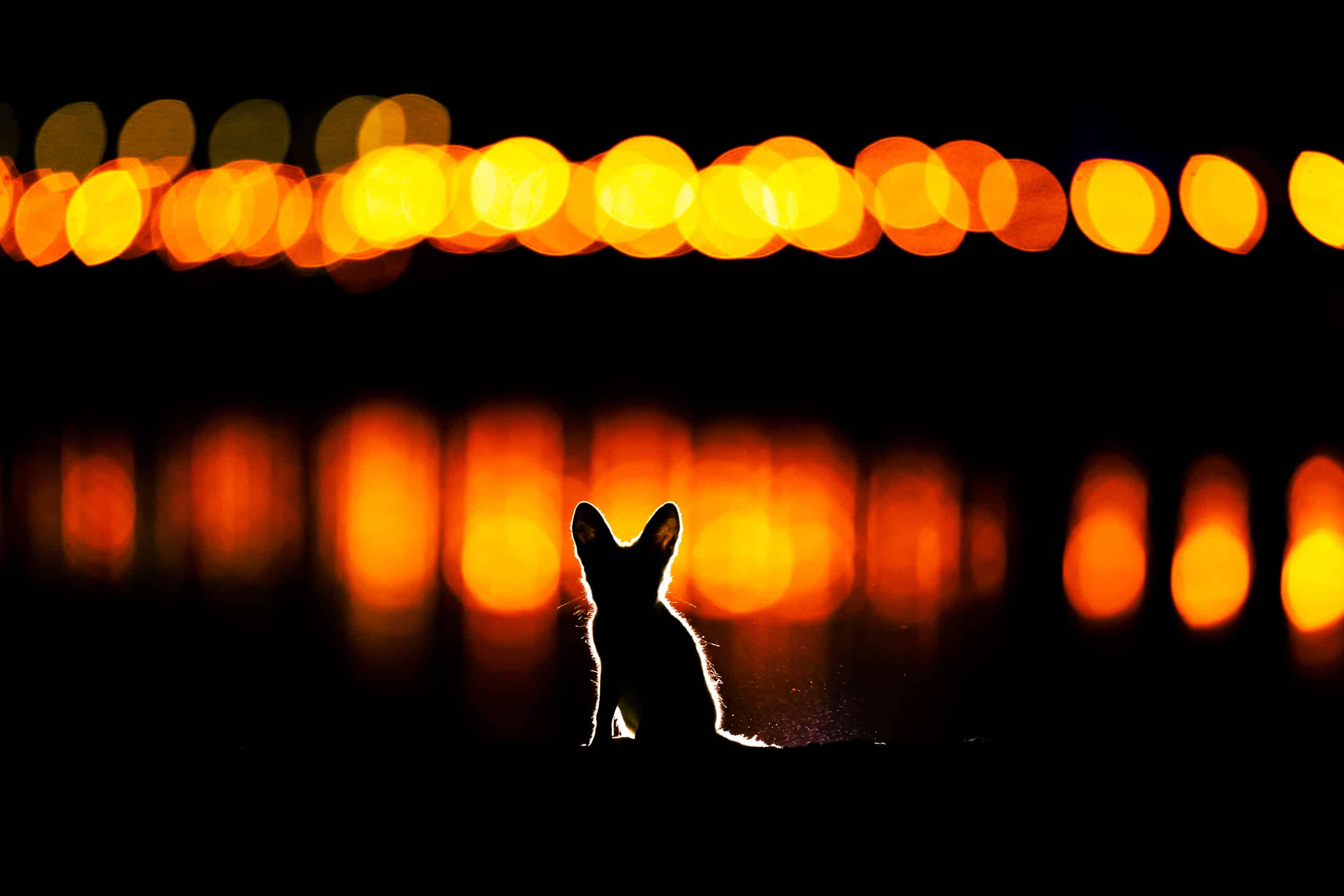
I'm a Wildlife Photographer.
Never waste an opportunity to explain a photo to anyone .. leave those who want to understand it to investigate .. and do not prevent those who want to find a mistake from finding it.
I am a Kuwaiti award-winning photographer specializing in Wildlife Photography, with a special interest and passion for Bird Photography.

- Taken In Hungary
- White-Tailed Eagle
- Won Multiple Awards
- High Resolution Image

- Taken In South Africa
- African Elephant
- Won Multiple Awards
- High Resolution Image

- Taken In Tanzania
- African Elephant
- Won Multiple Awards
- High Resolution Image
Mohammad Murad is a Kuwaiti award winning photographer specializing in Wildlife Photography, with a special interest and passion for Bird Photography.
Born in Kuwait in 1976 and as a holder of a degree in Communication Engineering, he had never foreseen himself becoming the professional & award winning photographer he is today. He does however attribute the spark of passion for photography at a young age to two important factors: his Father, who regularly took photos & videos of the family, which taught Mohammad the importance of “capturing the moment” & the second factor is Kuwait’s unexplored landscape & gorgeous diverse nature combining the desert and sea.
The first step Mohammad took in his pursuit of taking photography seriously was in 2014. He joined the Photography and Documentary Team at the Voluntary Work Center and purchasing his first professional camera. By the end of the same year he joined the Birds Monitoring and Protecting Team at the Kuwait Environment Protection Society. This was huge since it added an abundance of value to his knowledge on bird’s behavior.
From the south to the north of Kuwait, Mohammad had explored it all in just over a year. Accompanied by his new best camera gear. Grabbing the day before sunrise and spending up to 14 hours in the wild. Armed with passion, patience and the technical skills. He managed to conquer more than a handful of breath taking shots of every living thing he came across.
By 2015 it was time to explore the wildlife beyond Kuwait and to capture the majestic White Tailed Eagle. Mohammad set off to Hungary. Thereafter, he went to Tanzania (2018) on his first safari adventure, then to the renowned Masai Mara (2019). The Wilderness to Mohammad has become The Disneyland to a child.
Mohammad’s passion & devotion to Wildlife Photography has not only earned him a sense of purpose and great fulfillment, but also regional and international recognition as an A-Class Wildlife Photographer, winning more than one award every single year since 2016, up to date.
I have this inside desire to photograph in slow shutter, something about it just fascinates me. i’m not talking about panning technique here, i’m talking about reinventing the scene, adding a touch of mystery to it, something to represent me, something to reflect my inner self.
It’s like when a violinist plays his melody in his own way to express something inside him, maybe a feeling ( happy or a sad feelings), Maybe you will not understand or like his melody or maybe you will, but that won’t affect the violinist at all. He just want to be heard, he will leave the interpretation to whom ever they are.
Photography using slow shutter technique in cameras simulates drawing or sketching using a crayons or a pencil, each painting or image has a special entity for a mood or feeling.
Taking a still photo with a great compositions is wonderful of course, but a little bit of motion in the photo will make the viewer feel that the animal or the bird is doing something, It will give some sense of life in it.
Intentional Camera Movement (ICM) photography is an abstract style of shooting that has no rules – it all comes down to moving your camera over a long exposure. This lack of context is one of the main reasons why abstract photography is both interesting and challenging.
Its hard to describe an abstract, its a form of art that need no one to neither describe it nor explain it, every part of the photograph is ambiguous. Never waste an opportunity to explain a photo to anyone, leave those who want to understand it to investigate and do not prevent those who want to find a mistake from finding it.





